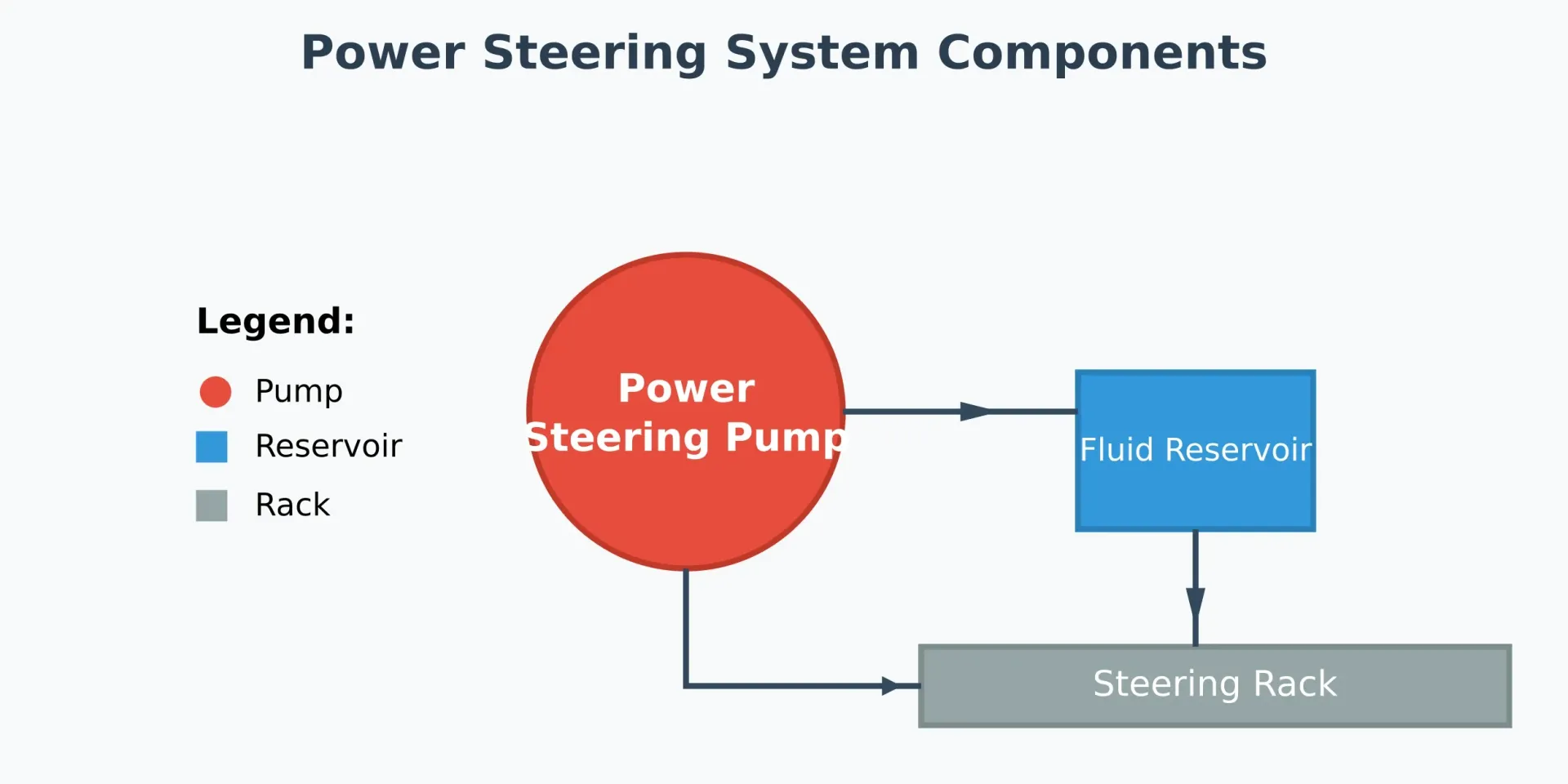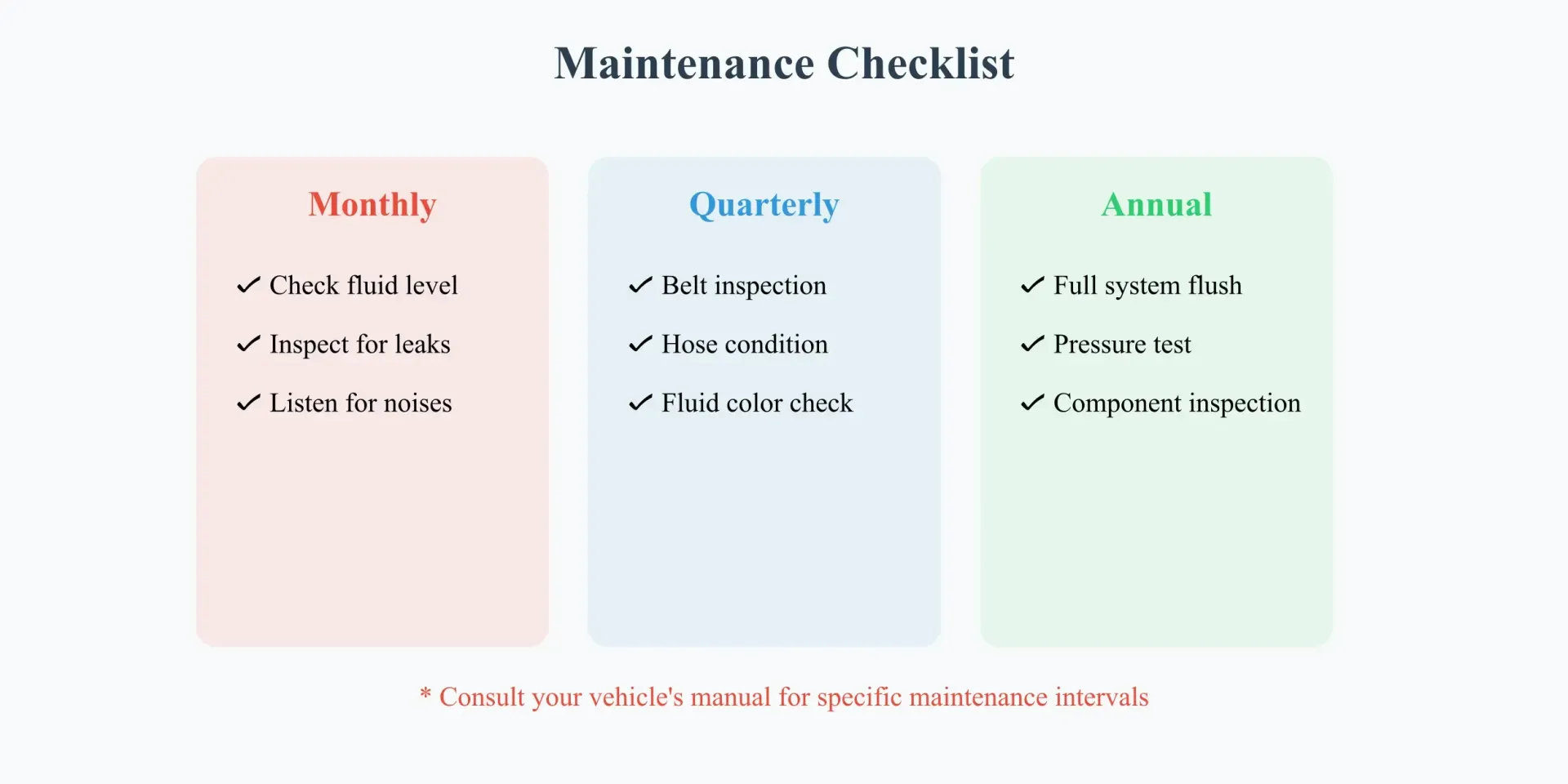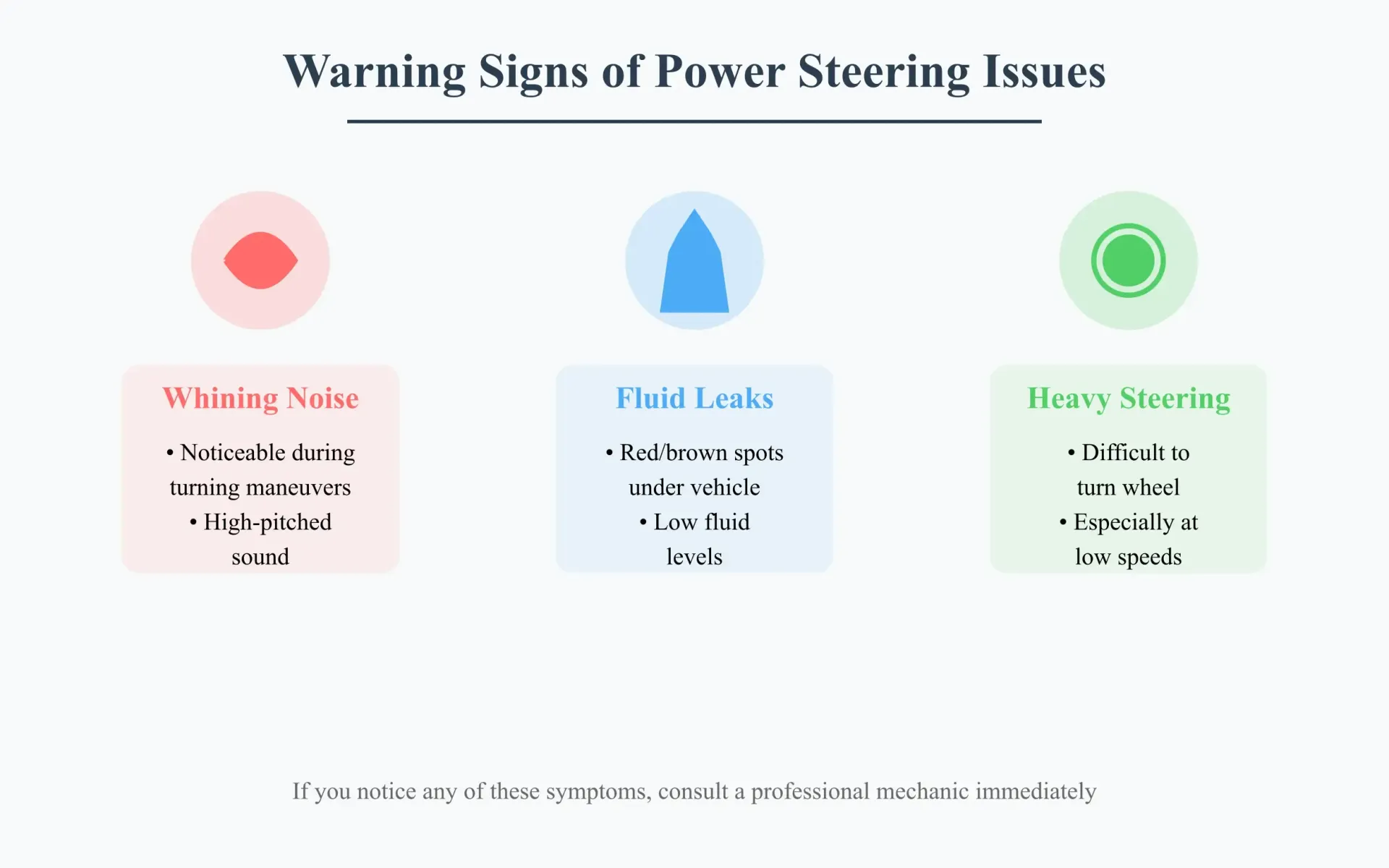How Can You Tell If Power Steering Pump Is Bad? A Complete Guide to Diagnosis and Prevention
Your car's steering suddenly feels heavier than usual, and there's an unsettling whine coming from under the hood. If you're wondering how can you tell if power steering pump is bad, you're not alone. This crucial component helps make steering effortless, but when it starts failing, it can turn your daily commute into a workout session. Let's dive into everything you need to know about identifying power steering pump problems and keeping your vehicle safe on Chicago's busy streets.
Understanding Your Power Steering System
Before we explore the warning signs, it's important to understand what your power steering pump actually does. This vital component pressurizes hydraulic fluid to assist with steering, making it easier to turn your wheel, especially at lower speeds. When working properly, you barely notice it's there – and that's exactly how it should be.

Warning Signs That Demand Attention
What happens when power steering pump goes out? The signs can be subtle at first, but they typically become more noticeable over time. One of the most common indicators is a distinctive whining noise. If you've caught yourself wondering "why does my power steering pump whine," it's usually due to low fluid levels or wearing internal components.
The sound typically becomes more pronounced during turning maneuvers, especially when you're parking or navigating tight corners. What does a bad power steering pump sound like? Think of a high-pitched whine or groan that gets louder when you turn the wheel – similar to the sound of a distant vacuum cleaner.
The Impact on Vehicle Performance
Can a bad power steering pump cause rough idle? Indeed, it can. When your power steering pump isn't functioning correctly, it can create irregular resistance on the engine, leading to vibrations and unstable idle conditions. This happens because the pump is typically driven by the engine's serpentine belt, and when it's struggling, it can affect the engine's smooth operation.
Fluid Issues and Leaks
One common question vehicle owners ask is "can a power steering pump leak?" The answer is yes, and it's actually one of the most frequent issues these components face. You might notice dark red or brown fluid spots under your car, particularly after it's been parked overnight. These leaks can occur from various points in the power steering system, including the pump itself, the hoses, or the rack and pinion unit.
The Safety Question
A crucial concern many drivers have is "can you drive with a bad power steering pump?" While it's technically possible, it's not recommended for safety reasons. Modern vehicles rely heavily on power steering, and driving without it can be dangerous, especially in emergency situations where quick steering responses are critical.
The Chicago Factor
Living in Chicago presents unique challenges for your vehicle's power steering system. Our notorious potholes and extreme temperature swings can accelerate wear on steering components. At Austin Auto Repair, we've seen firsthand how our city's conditions can impact vehicle performance. As your trusted local auto repair shop in Chicago, we understand these specific challenges and how to address them effectively.
Professional Diagnosis and Repair
How do you know your power steering pump is bad for certain? While the signs mentioned above are good indicators, professional diagnosis is crucial for accurate assessment. For instance, how to fix power steering pump leak issues depends entirely on the location and severity of the leak – something best determined by experienced technicians.
Prevention and Maintenance
The best way to avoid power steering problems is through regular maintenance. This includes checking fluid levels and condition, inspecting belts and hoses, and addressing any unusual noises promptly. Regular maintenance can significantly extend the life of your power steering system and prevent costly repairs down the road.
Taking Action
If you're experiencing any of these symptoms, don't wait until you lose steering control. While minor issues might seem manageable at first, they can quickly escalate into more serious problems. Here in Chicago, where quick steering responses are essential for navigating busy streets and avoiding potholes, maintaining your power steering system is crucial for your safety.

The Road Ahead
Your vehicle's power steering system is more than just a convenience – it's a critical safety feature that deserves proper attention and care. If you're noticing any of the warning signs we've discussed, it's time to have your vehicle professionally inspected. At Austin Auto Repair, we specialize in
comprehensive power steering diagnostics and repairs, ensuring your vehicle remains safe and reliable on Chicago's demanding streets.
Ready to address your power steering concerns? Don't wait until a minor issue becomes a major problem. Contact Austin Auto Repair today for a thorough inspection and professional diagnosis. Our experienced technicians are here to keep you steering safely through every Chicago season.





